Hayao Miyazaki is a Pioneer of Female Representation in Film
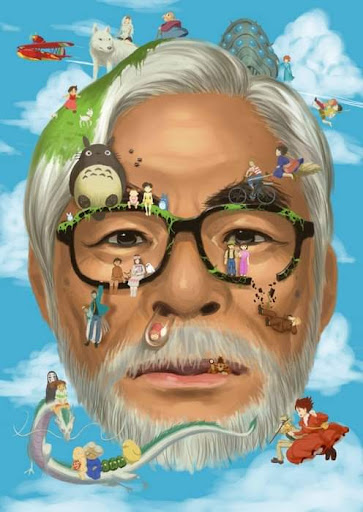
If you’re looking for independent women in films, look no further. Studio Ghibli can provide you with the realness within the magic of it all. (courtesy of Facebook)
Studio Ghibli: Japan’s most acclaimed animation studio. Co-founded by five men in 1985, the studio seeks to tell over-the-top stories full of magic that draws in an audience. Yet, one of the founders stands above the rest with the most recognizable name.
His name? Hayao Miyazaki.
Out of the five co-founders, Miyazaki is the only animator and artist. He hand-draws every scene for movies, and his studio has become well-known for his 2D style. He rose to international fame with “Spirited Away” (2001) after the film picked up awards around the globe, most notably Best Feature Film at the Academy Awards.
Although he and Studio Ghibli rose to fame in the 2000s, Miyazaki has been a pioneer in leading female representation in film since the 1980s. Miyazaki created worlds full of feminist gravitas, making his movies models of strong female representation in the male-dominated industry of Hollywood.
Right off the bat, Miyazaki sets himself apart by creating films with relatable female protagonists. They are young women who are the leaders of their own stories. Many of his movies are fantastical and incredibly imaginative. Still, at the heart of them, the journeys the protagonists go on capture the very nature of our world’s life journeys too. In “Kiki’s Delivery Service” (1989), Kiki, a 13-year-old witch, has to start her formal witch training by going away from home for a year. Although Kiki lives in a world of magic, this movie tackles the idea of independence and finding one’s way at a young age. “My Neighbor Totoro” (1988) takes us on a journey of two sisters, Mei and Satsuki, who encounter a woodland spirit, namely, Totoro, in their new home in the countryside. Since their mother is sick in the hospital, Satsuki becomes the primary caretaker of her younger sister while her dad works. This movie is intriguing because the sisters only encounter Totoro without adults around, keeping the curiosity of a child present while Satsuki has to grow up faster than anticipated.
While these young women are journeying through their lives, it’s important to note what they are wearing. Since Miyazaki makes the young women relatable, it makes sense that he would have them wear realistic clothing too. In “Nausicaä of the Valley of the Wind” (1984), Nausicaä, the protagonist, wears a protective, durable jumpsuit to ride her glider safely. Sheeta in “Castle in the Sky” (1986) starts the film in a dress and quickly transitions to outfits with pants as she is always on the move. These subtle details make the protagonists that much more personable. Along with this, they aren’t decorated with fancy jewelry or faces full of makeup. Having young women who aren’t defined by their physical appearance gives viewers space to focus on their characteristics, shifting the mindset of wanting to look like the protagonist to wanting to be like the protagonist.
What makes Miyazaki’s films so distinct, though, is the absence of male saviors. An intentional decision on his part, Miyazaki’s protagonists often have a male companion who aids her on her journey but never saves her. In “Whisper of the Heart” (1995), our lead girl Shizuku, who adores books, meets Seiji, a violin maker who wants to follow his dreams and learn how to make violins in Italy. While Shizuku takes to Seiji, her affection for him never turns her weak but inspires her to take on a task she has always wanted to do: write a book. “Princess Mononoke” (1997) displays fierce loyalty between San and Ashitaka from their first meeting. Time and time again, the two work together to save nature from human-induced environmental disasters. San spent her whole life doing this, and Ashitaka comes into the storyline to support her.
To Miyazaki, men and women are equal. Just as the clothing colors and choices are subtle details, so are the character designs. In most of the films, the protagonist and her friend are the same height. If there is a difference, it’s not over exaggerated, but normal.
Even though they’re animated, they’re relatable. Miyazaki’s films have always provided stories of female independence, even when it was not as easily recognizable. As Miyazaki said, “Many of my movies have strong female leads — brave, self-sufficient girls that don’t think twice about fighting for what they believe with all their heart. They’ll need a friend, or a supporter, but never a savior. Any woman is just as capable of being a hero as any man.”
If you’re looking for independent women in films, look no further. Studio Ghibli can provide you with the realness within the magic of it all.

Collette Campbell is a junior at Fordham College at Rose Hill, majoring in French language and literature with a minor in communications and culture, and...







































































































































































































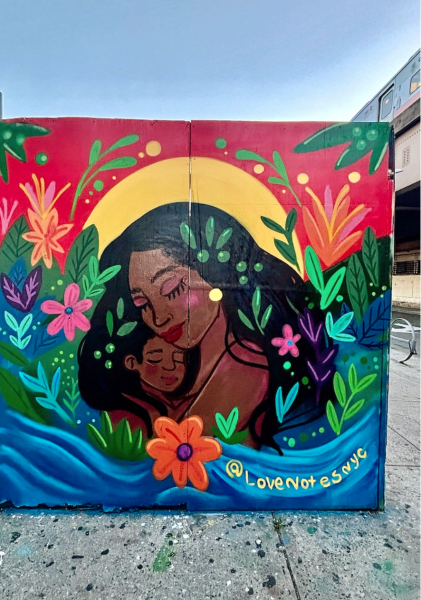

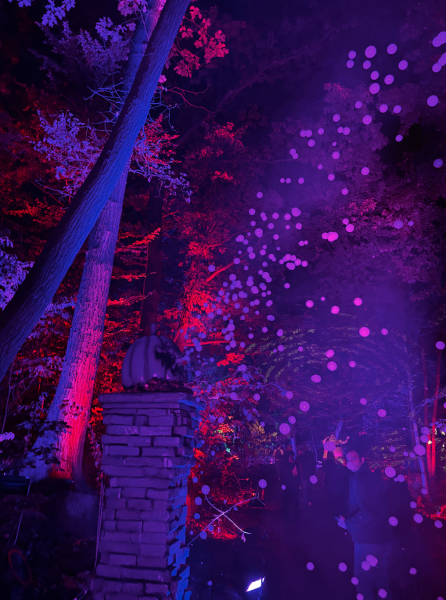


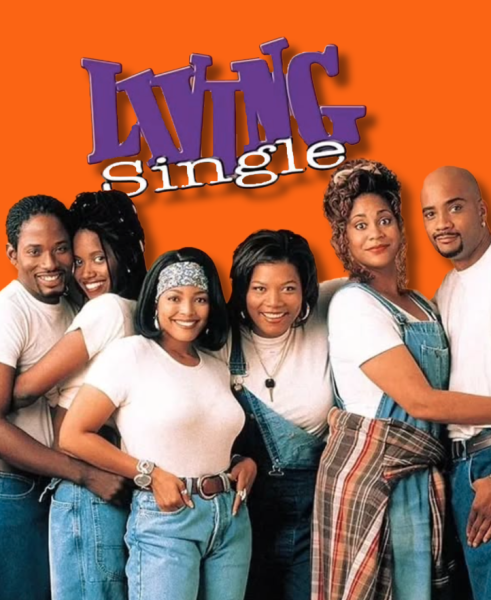
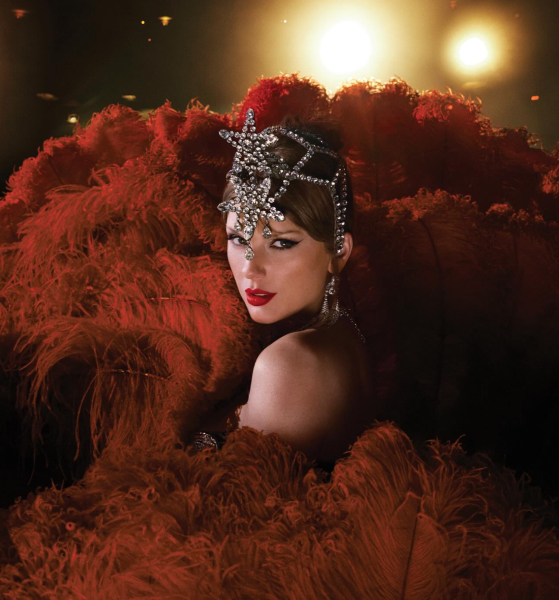
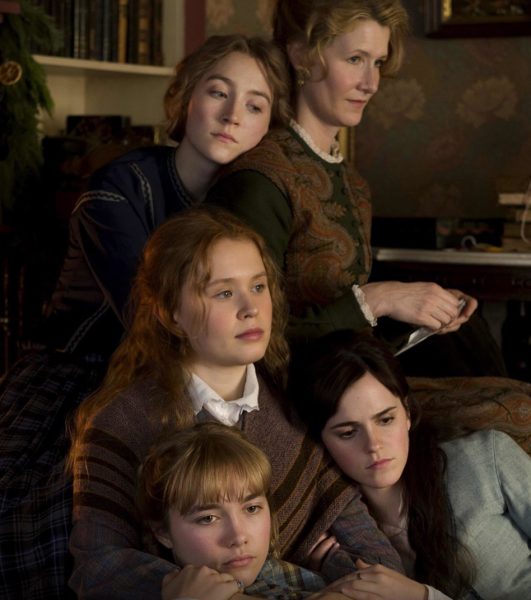
Sarah S. • Sep 4, 2022 at 7:23 pm
This is one reason why I love Miyazaki movies.